How to Survive Bhutan’s Famous Naked Monk Dance
Bhutan is an impossible travel destination for most people. The government fees make it ridiculously expensive for the average traveler, and anyone interested in coming to Bhutan for volunteer work will have to go through a byzantine system of red tape. This is by design. Bhutan is a tiny Asian nation sandwiched between the two most populated countries in the world (China and India), and it has maintained its precarious sovereignty by staying as isolated as possible. They didn’t even allow television until 1999.
Slowly, however, things are changing, and more tourists are entering the Land of the Thunder Dragon. Of course, the fees are still there, and foreigners from most countries will have to hire a licensed guide before arrival.
That said, a trip to Bhutan all-but-guarantees a genuine cultural experience. While nearby Nepal has had much of its identity flattened by a surge of tourism, Bhutan’s government has worked hard to keep its festivals and rituals as unchanged as possible. There are hundreds of festivals throughout the Bhutanese calendar, but perhaps the most famous is the Tercham Tshechu, the Naked Monk Dance Festival.
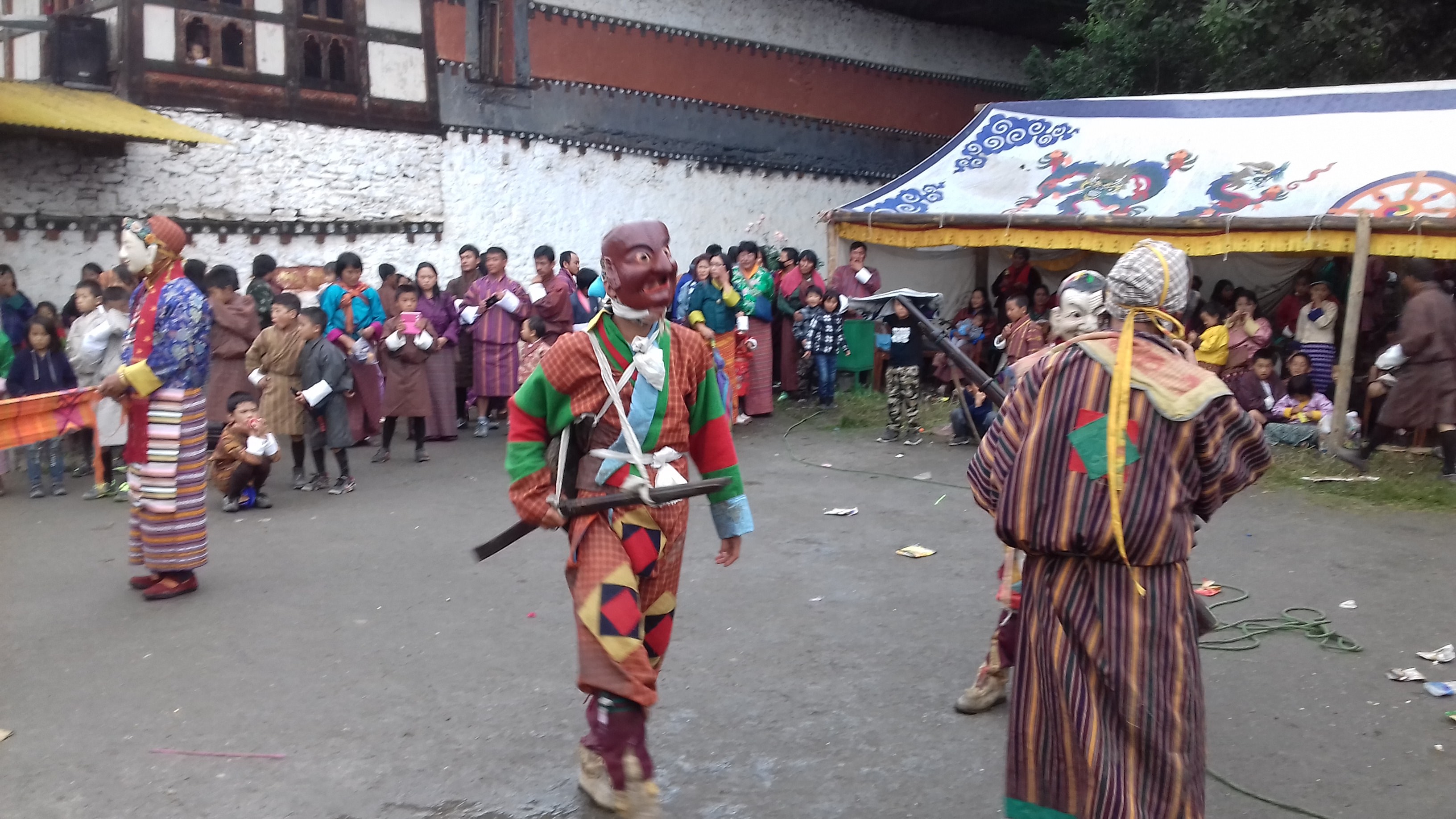
A bit of background about the Naked Monk Dance
The Naked Monk Dance is celebrated in Bumthang, an area in central Bhutan that many consider the holiest part of the country. There are more monasteries here than in any other region, and each one has its own yearly festival. The naked dance is part of a three-day festival in the middle of Bhutan’s ninth month (typically late October/early November). This is an ideal time to visit the region, because there are several other local festivals (with less nudity) during the same month.
The dance is to commemorate Guru Rimpuche, who subdued all the local demons. According to Bhutanese beliefs, Rimpuche used a naked dance to distract the demons, and ever since then, local monks honor the event by stripping naked and dancing around a fire.
Activities
Unlike most other festivals in the area, this one takes place in the dead of night. Tourists can typically arrive around sundown to participate in the first major event of the festival: the meawang, or fire blessing. Monks build an archway out of twigs and branches, and set it on fire. To receive the blessing, you must run through the fire at least one time. Most people do it three times, just to make sure they get the full blessing.
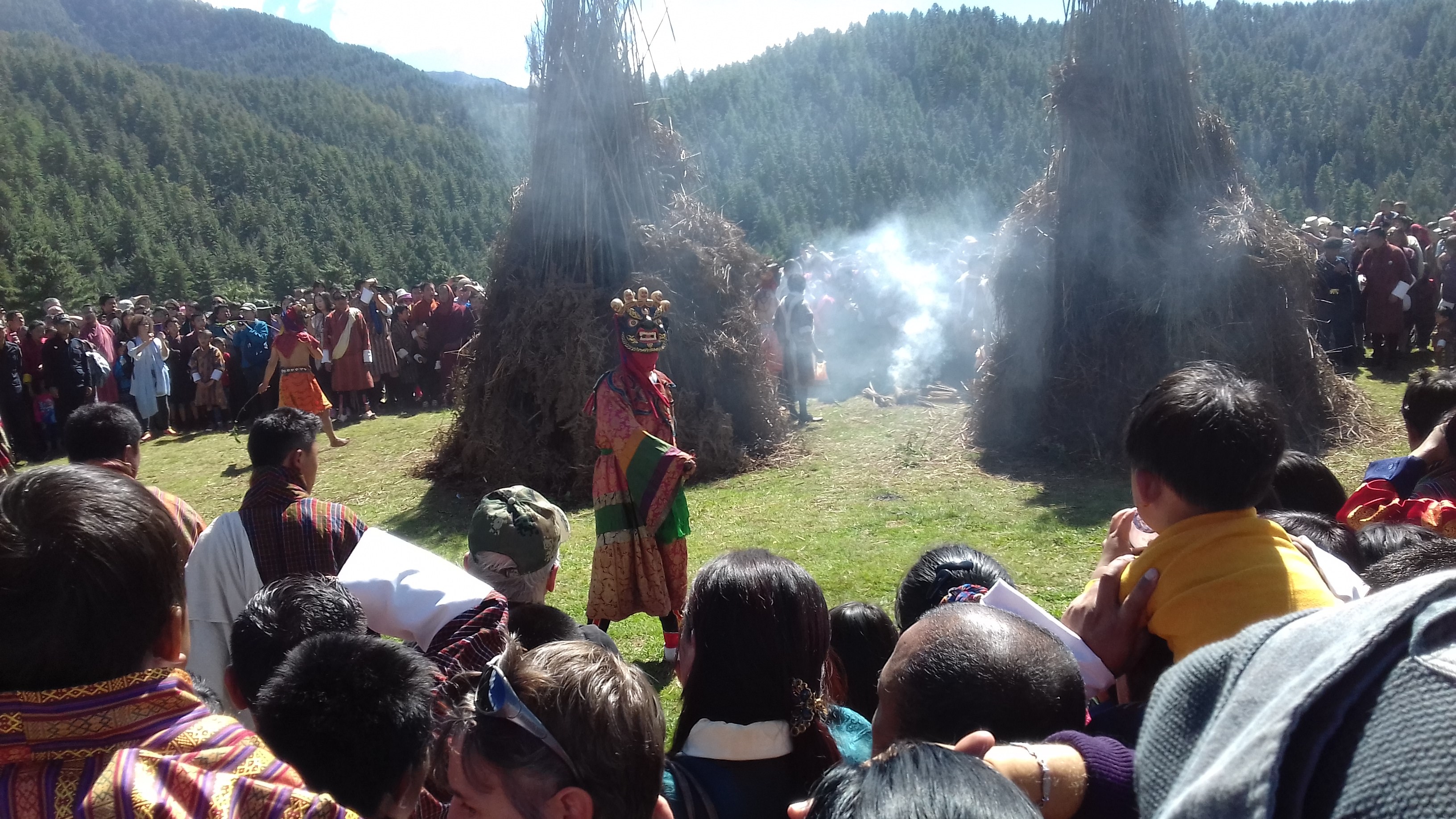
It sounds dangerous, and it feels dangerous, but there’s no record of anyone getting hurt during this process. If you’re a particularly large-framed person, don’t be surprised if small, elderly women grab your shoulders and use you as a human shield from the heat.
After the fire blessing, most people gather around one of the wood-burning stoves in the nearby shops. This is where people will spend most of the night, drinking and talking to each other. Bhutanese are notoriously welcoming, so don’t be afraid to go up to a group of locals and ask if you can join. If you don’t make the initial effort, then you probably won’t be making any friends during your trip.
Be aware, also, that even though Bhutan is an isolated, insular country, their educational system is in English, so the average Bhutanese will be able to engage in basic conversations with you. This is especially true in Bumthang, which gets a lot of tourism during festival season.
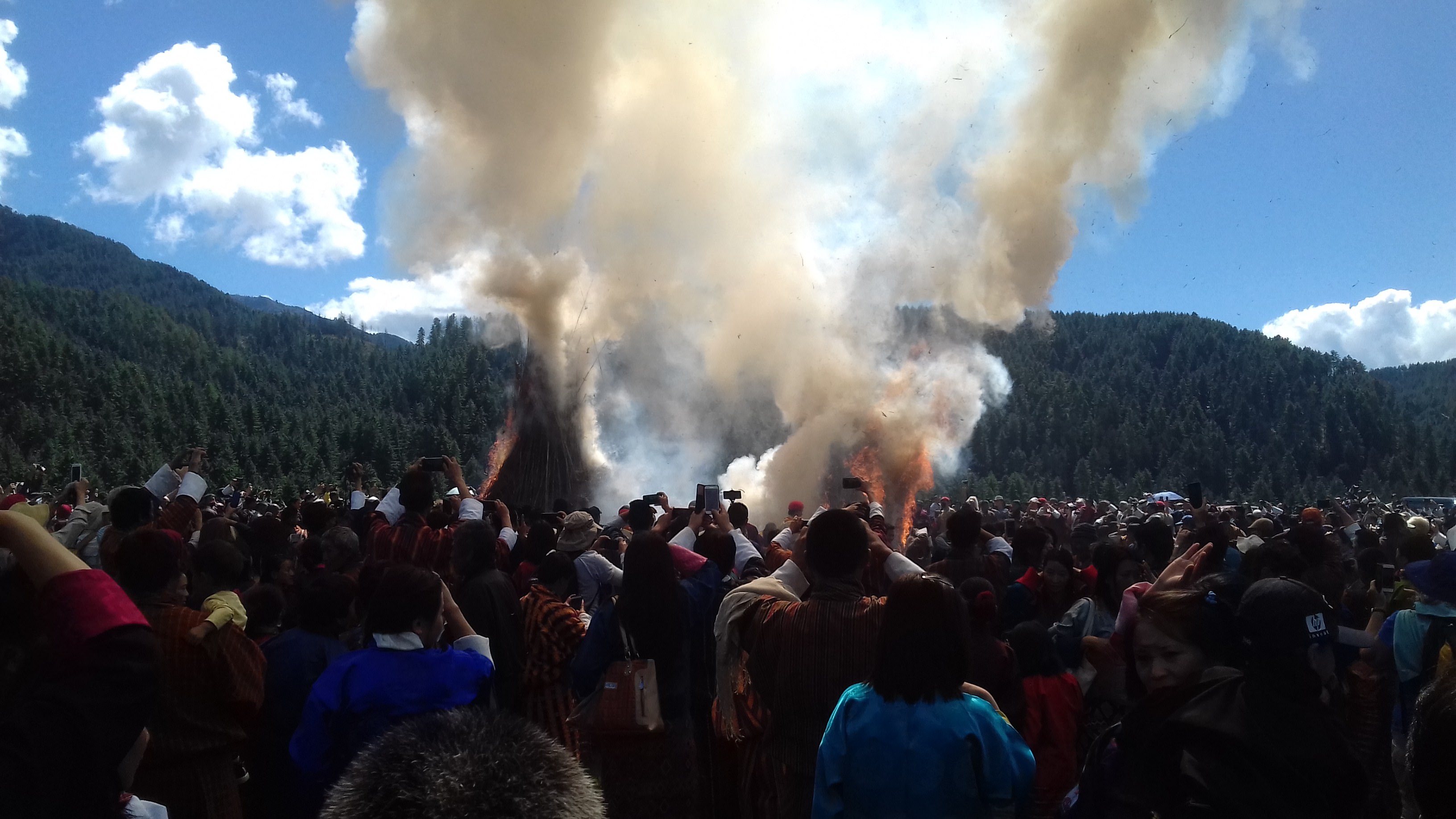
The dance begins!
After several hours of hang-out time, the naked dance starts around two in the morning. Because this is Bhutan, exact times are never set, so it could be earlier or later than what everyone expects.
Follow the crowd of people into the center of the temple, and you’ll see a bonfire. Eventually, a group of about a dozen monks (one representative from each local family) will come out of the building and dance in a circle for about a half hour. The dance isn’t as elaborately choreographed as the other (fully clothed) monk dances, and much of their dance is interrupted by long breaks where they warm themselves around the fire, but you’ll still get to see everything you’d except.
Keep in mind that if you are sitting in the front of the crowd, you’ll probably get a face-full of close-up nudity. Be prepared for that. And of course, photography is strictly prohibited (hence the lack of photos of the dance itself in this article). There are plenty of policemen waiting for the first sign of a flashing camera.
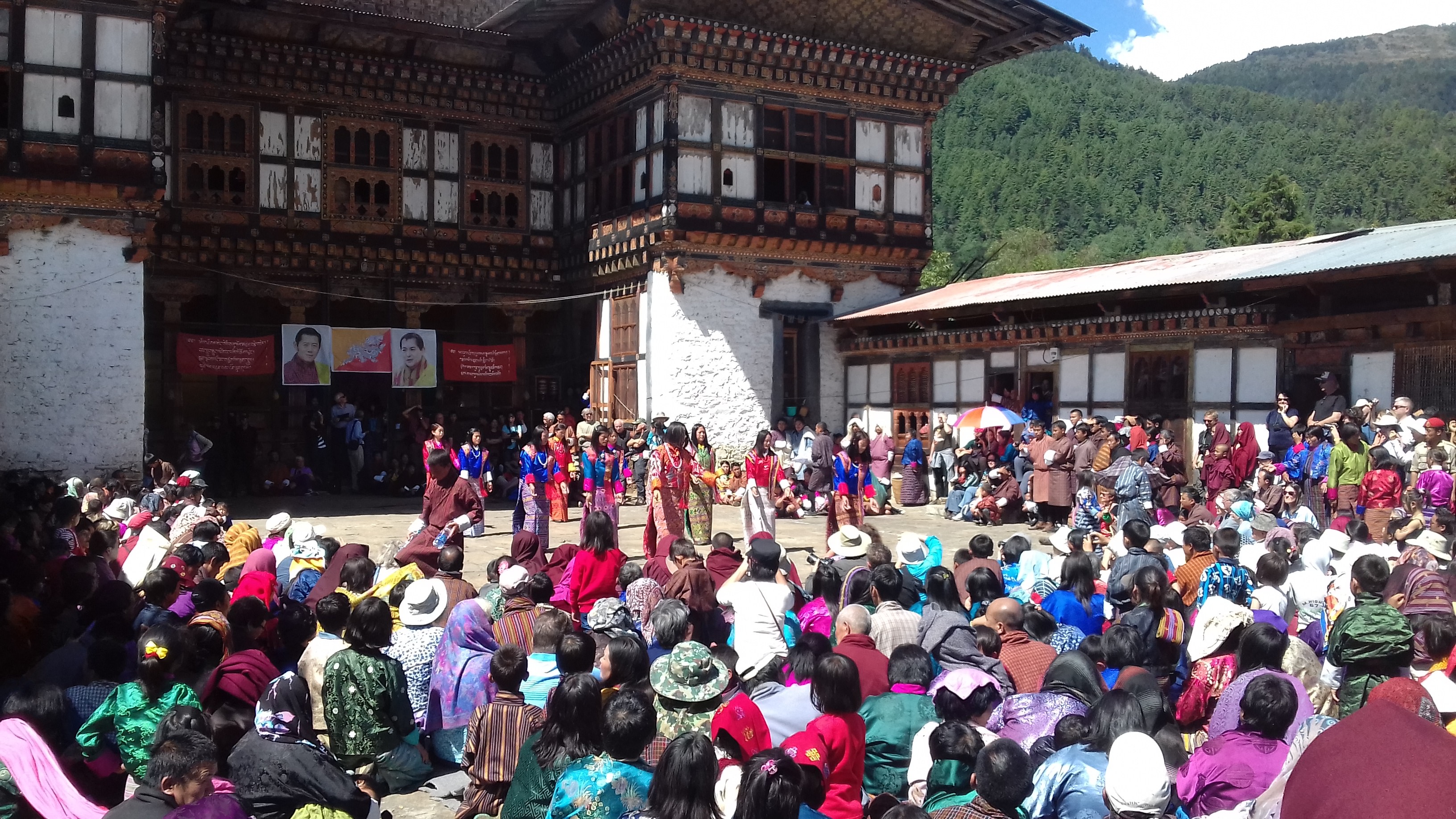
Logistics
Unless you’re one of the very few volunteers (mostly teachers) to get temporary residence in Bhutan, you will have a tour guide with you. The good news is that each tour guide has extensive training, either in multiple languages or specific areas of interest (bird-watching, for example), so he will give you all the context that you need to understand the specifics of the celebration.
That said, most tour offices are in Thimphu, so your guide might not have much of a personal connection to the area. If that’s the case, you really should join up with a group of locals, who will probably have a better, less-textbook perspective on the festival.
The other thing to remember is that the local resorts bump up their prices during the festival season. Be up-front with your tour guide that you want the cheapest possible sleeping quarters. Outside of Thimphu, there is very little difference between cheap and expensive accommodations, and it’s simply not worth the price to stay in the more expensive places.
If you can get a cheaper room in the middle of the town rather than near the temple, that would be the best option. The temple and its surrounding hotels are a bit isolated from the rest of the town. Take a taxi to and from the festival, and spend the rest of your time wandering around the town. You’ll stumble upon plenty of things to see.
Where to eat at the Naked Monk Dance
When it comes to food, Bumthang valley has a host of local restaurants that are delicious and cheap. Don’t eat at the hotels, because the food is typically overpriced and bland. (They offer dishes that they think tourists would like, rather than traditional dishes that locals enjoy.)
The difficulty is that most cheap, traditional restaurants in Bhutan don’t look like restaurants. They don’t always have signage, and usually there’s no one waiting in the main area to greet customers. It may feel strange, but the best thing to do is walk into a building with an open door and shout hello. Someone will come and ask you what you want. Restaurants here typically don’t have posted menus, so ordering can be a bit complicated — just ask what they have and be prepared to try something random. Many restaurants in Bhutan are vegetarian-friendly.
Go to Bhutan!
Bhutan is a unique travel destination, and the Naked Monk Dance is a particular highlight. Where else in the world can you run through a fire and watch a group of naked strangers practice a ritual that’s been going on for hundreds of years?
If you find yourself making the trip into the heart of the Himalayas, be open to new experiences, and make sure your guide avoids the tourist traps. If you can stay away from the tourist bubble, it’s a great chance to explore a new culture and meet new people.
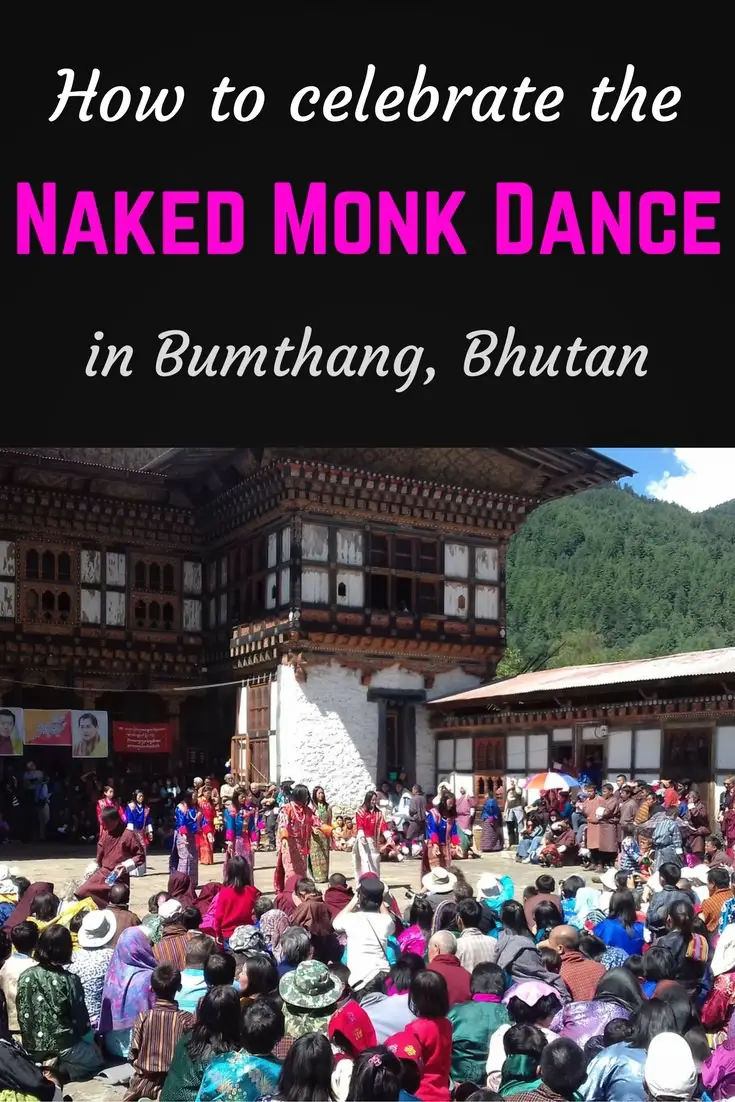

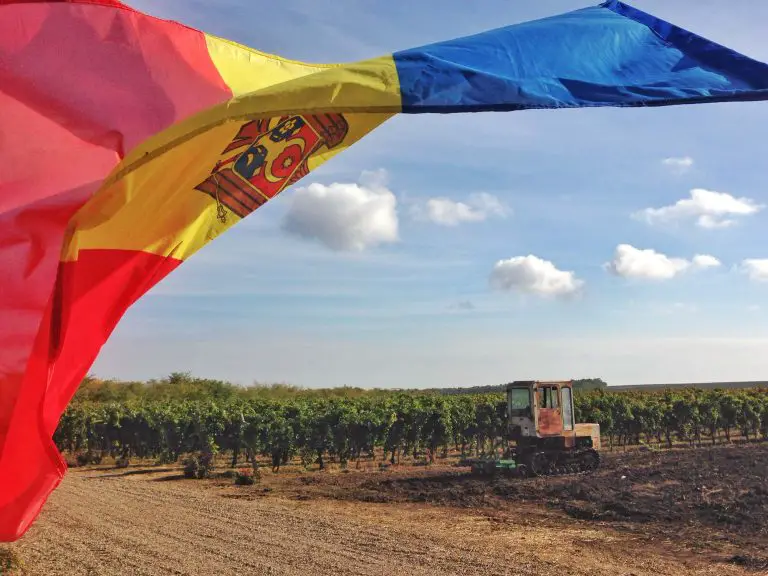
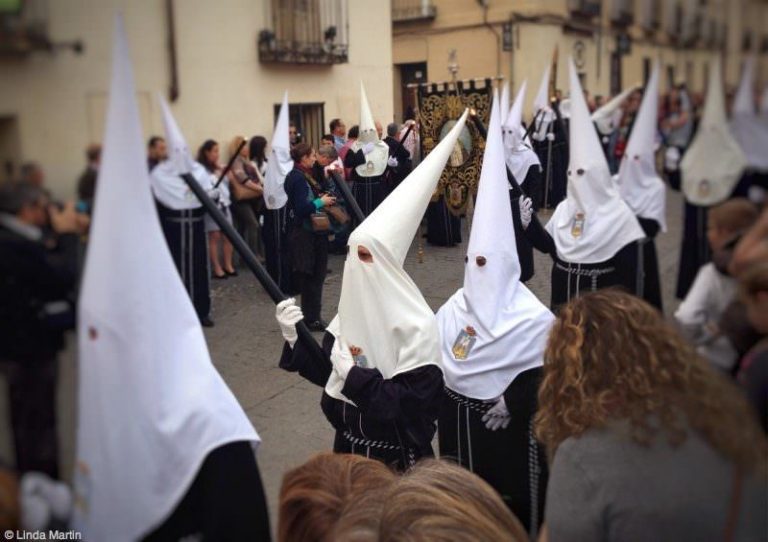
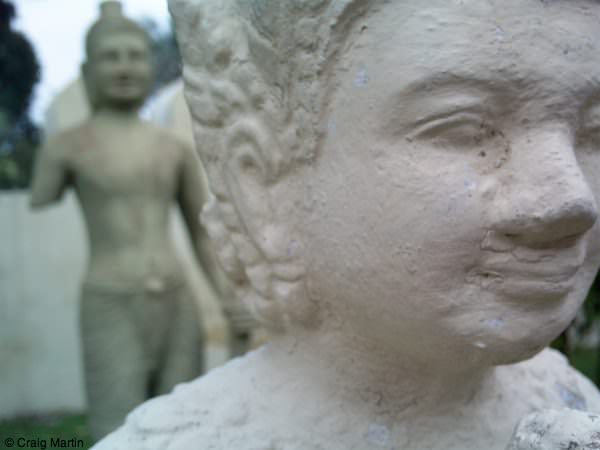
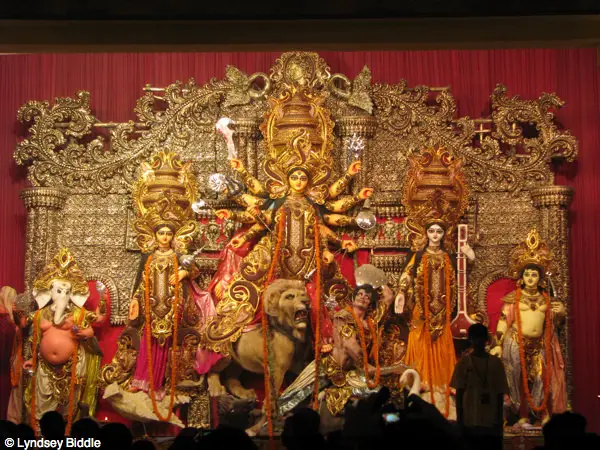
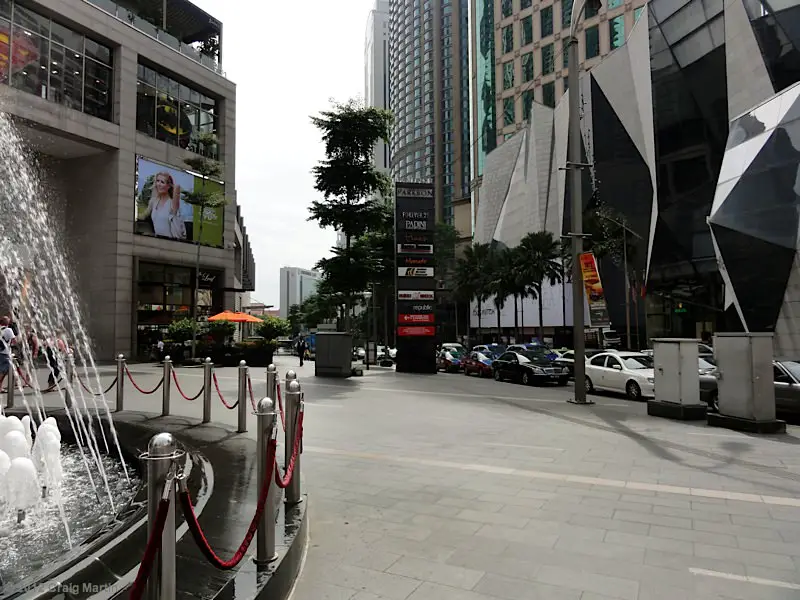
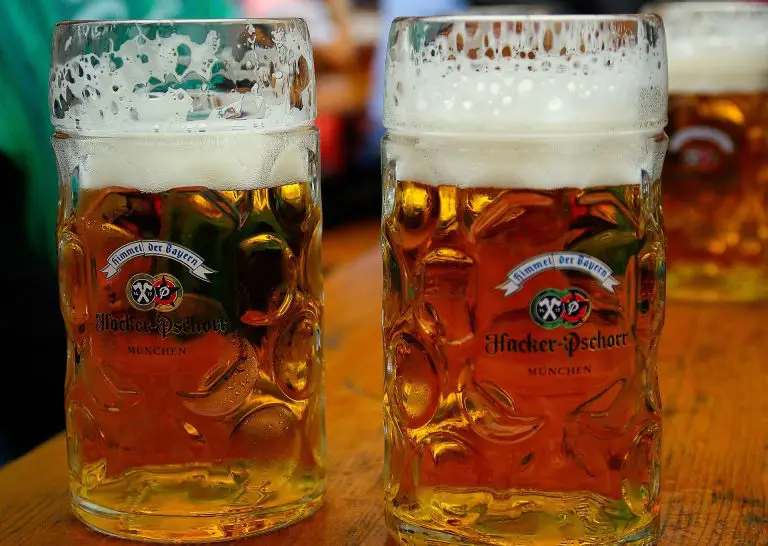
Lovely article and worth reading. Yes, I m agree, the Bhutan government is working hard unchanged and continuous their culture and festival.